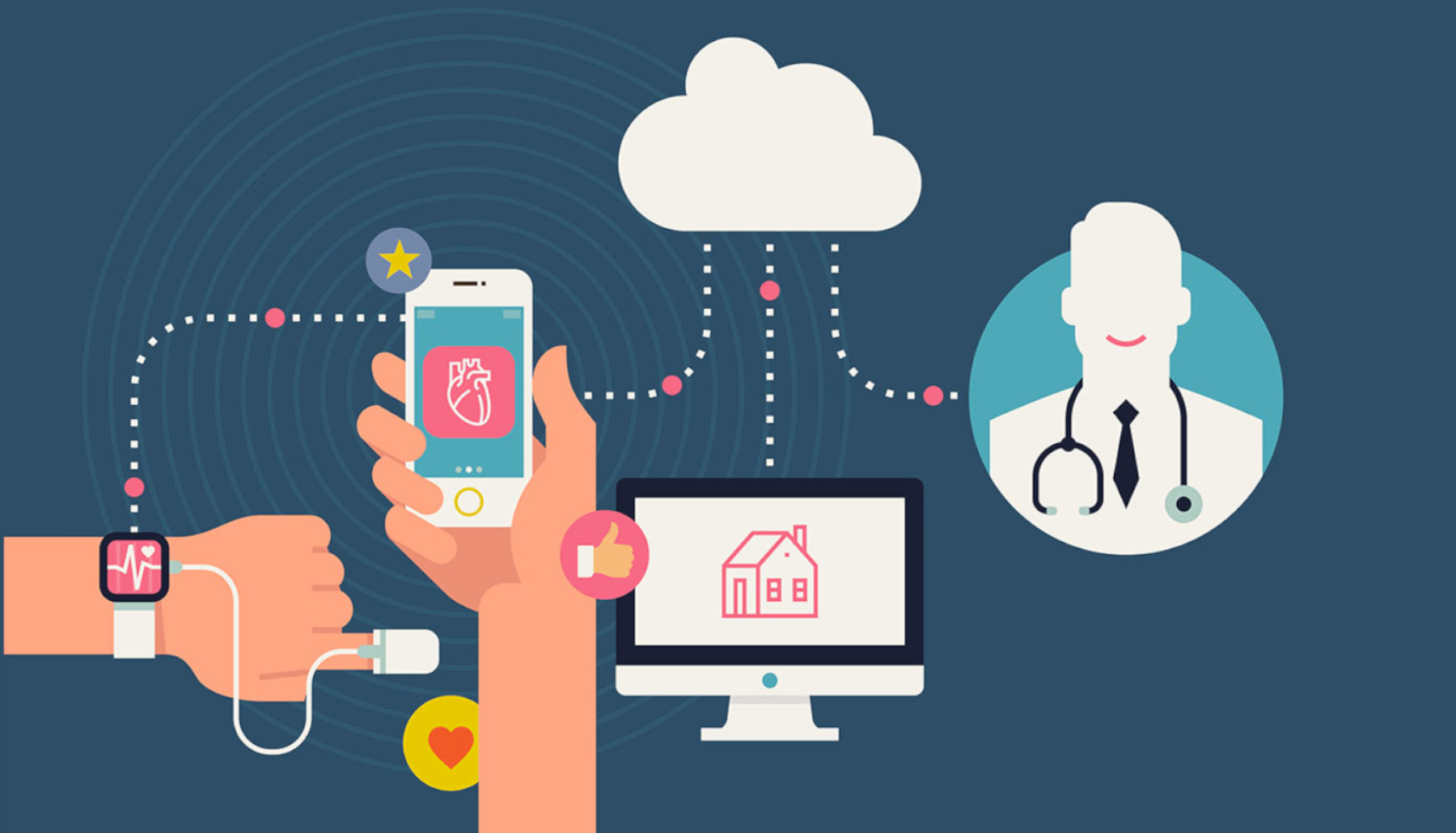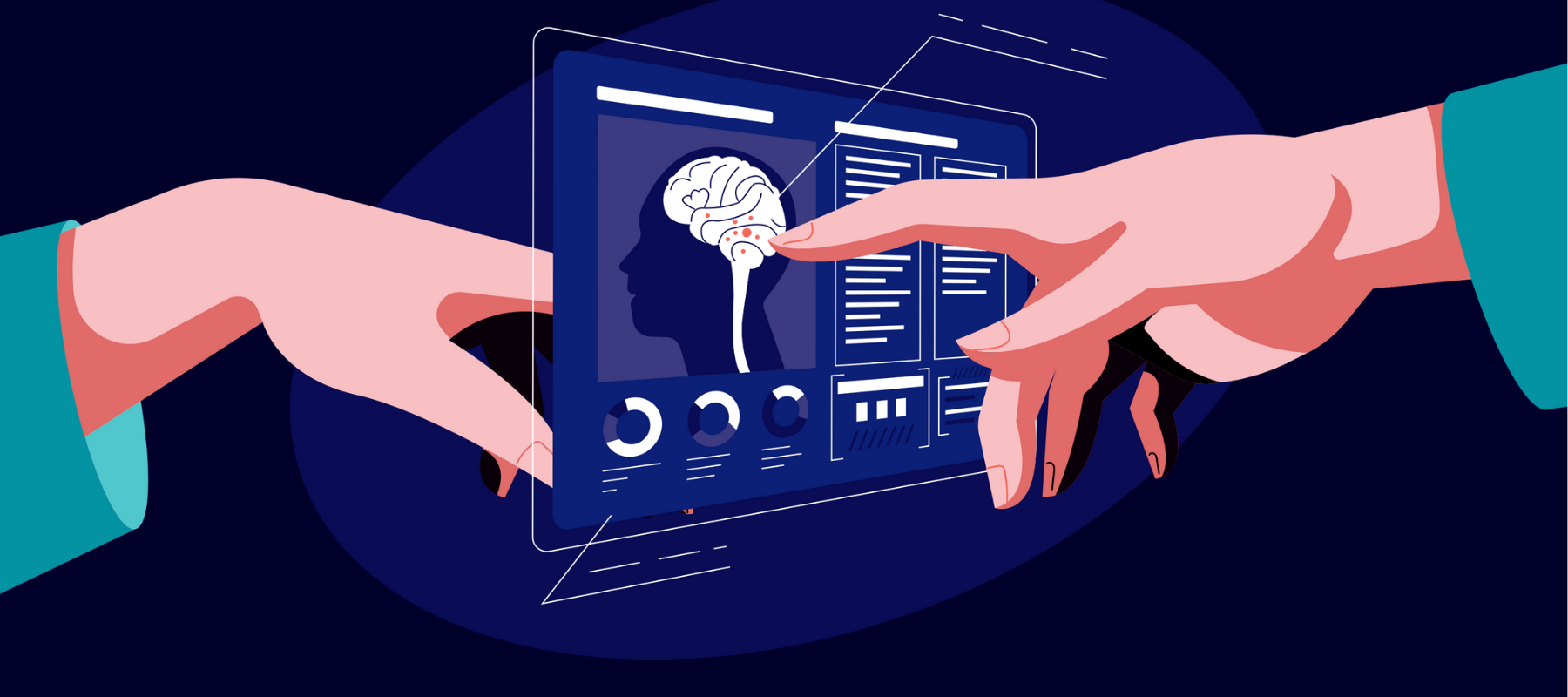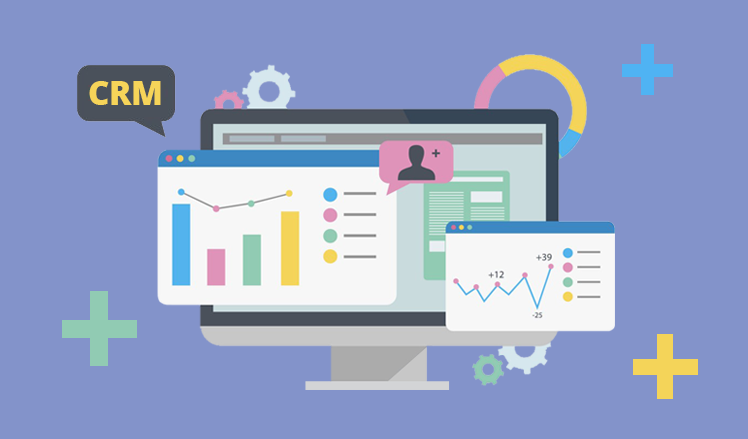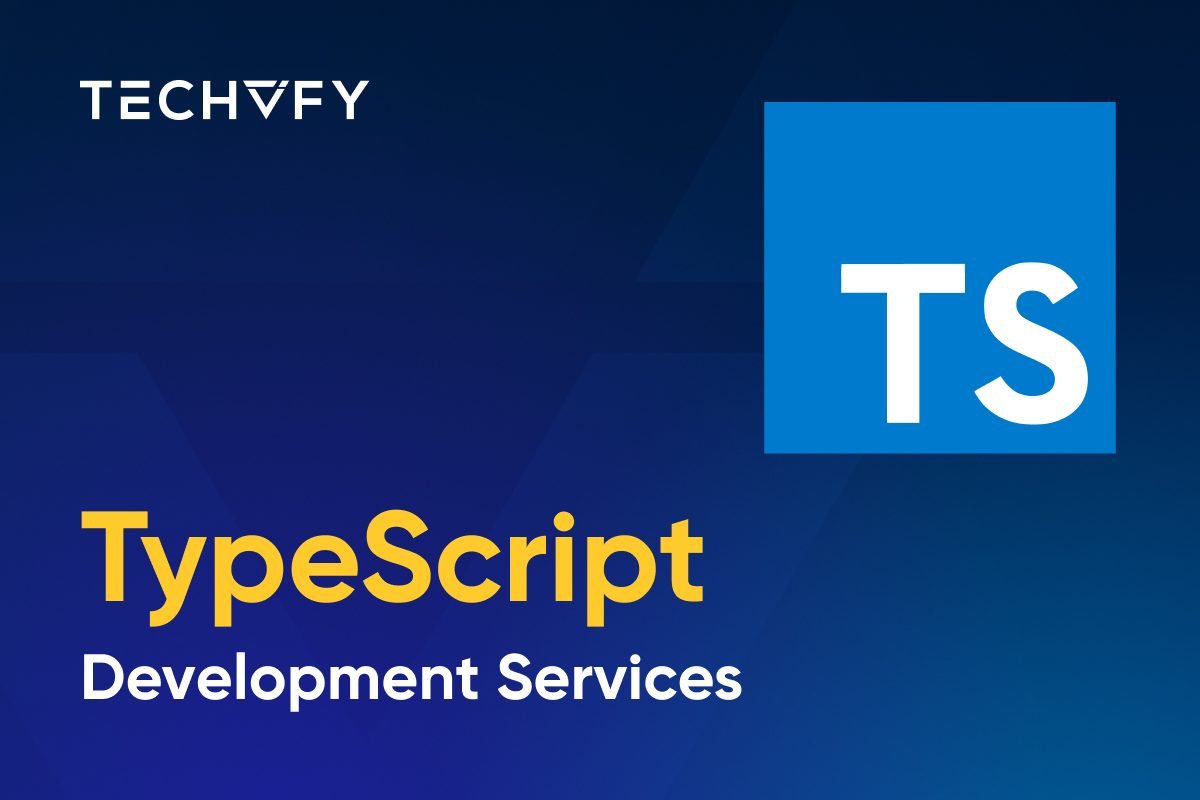IoT in healthcare: Exploring Definitions, Impacts and Applications
Although telemedicine and remote sensing medical devices have been present for some time and more than 20 years, the underlying technology has advanced rapidly since the Covid epidemic. As a result, healthcare IT solutions have gained significant importance for IoT service providers, mainly due to their instrumental role in enabling remote medical examinations. Businesses must comprehend how current and future IoT technologies might help healthcare systems provide secure and efficient care. Our goal in this blog is to thoroughly analyze the IoT in healthcare, covering its definition, advantages, difficulties, and workings.
I. What is IoT in healthcare?
IoT in healthcare refers to a combination of medical tools and software communicating with healthcare IT systems over internet computer networks. IoT enables machine-to-machine connection through Wi-Fi-enabled medical devices, establishing the groundwork for a seamless data-sharing and analysis system.
Healthcare IoT launched its first appearance in the 1990s by introducing basic telehealth and remote patient monitoring technology. Wearable health devices and intelligent medical equipment result from early 2000s miniaturization and data analytics advancements. Personalized treatment, real-time data-driven decision-making, and remote patient monitoring are all rendered possible by IoT, which is currently revolutionizing the healthcare industry.

The potential for IoT in healthcare is even more prominent in the future. Advanced AI and machine learning algorithms will analyze vast patient data, enabling early disease detection and personalized treatment plans. Data transmission and security will improve via the seamless integration of IoT with cutting-edge technologies like 5G and blockchain. IoT-driven health research and population management will also shape public health policies, further improving healthcare outcomes.
More healthcare articles at TECHVIFY
II. The benefits of IoT in healthcare
The Internet of Things (IoT) is becoming increasingly popular in the healthcare industry every year, which shows that this solution has many significant benefits.
|
Monitoring and Alerts |
IoT offers ongoing tracking of patients’ vital signs and health parameters with connected smart devices. Intelligent sensors can monitor various parameters, including blood pressure and glucose levels. The technology automatically notifies caretakers or medical professionals of any irregularities so they can take prompt action. This healthcare IoT advancement reduces the possibility of significant health problems and enhances patient illness management. |
|
Remote Assistance |
With the help of online consultations and communications with connected equipment, IoT makes remote medical support possible. Doctors and patients can connect and consult on healthcare issues without meeting in person. People with mobility issues or those living in rural places can benefit from this. |
|
End-to-end Connectivity |
The healthcare system interacts seamlessly thanks to IoT. Hospitals, doctors’ offices, and intelligent medical gadgets automatically communicate patient data. This benefit enhances diagnosis, treatment, and patient monitoring speed and accuracy. Comprehensive connectivity also decreases errors, eliminates duplicate data entries, and makes healthcare workers more effective. |
|
Data Analysis |
Healthcare IoT gadgets’ automated data collection provides helpful information. By analyzing data, medical experts can find trends and connections between various health markers. They can decide more precisely how to treat and control the condition based on these insights. Statistics also promote the development of cutting-edge healthcare strategies and medical research. |
|
Preventive Healthcare |
The IoT system for healthcare can spot early warning symptoms of an illness and issue prompt notifications. Therefore, it is advantageous to offer patients and caregivers an opportunity to take action early against illness development and improve overall quality of life. |
|
Efficiency |
Applications of IoT in healthcare can optimize resource use and streamline healthcare processes. IoT can decrease waste and save time by managing inventory, tracking assets, and optimizing patient flow. |
III. The challenges of IoT in healthcare
Although IoT in healthcare brings numerous benefits, it also encounters challenges along its development path.
|
Data Overload |
One of the significant challenges of implementing IoT in healthcare is the sheer volume of data generated by connected devices. The system may be unable to handle the volume of real-time data generated by the ongoing monitoring of patient’s vital signs and health indicators. |
|
Data Security |
Data security becomes crucial with the exponential increase in data collection through IoT devices. A significant responsibility for healthcare businesses is safeguarding confidential patient data from potential cyber threats and illegal access. Implementing robust encryption, secure communication protocols, and strict access controls are essential to protect patient privacy and maintain trust. |
|
Integration of Protocols |
IoT devices often operate on different communication protocols and standards, making seamless integration challenging. Interoperability problems may hamper data exchange between devices and healthcare systems. |
|
Cost Constraints |
Initial installation expenses can run high. Integrating IoT devices, upgrading infrastructure, and hiring new people costs money. Healthcare businesses struggle to strike a careful balance that allows for cost-cutting without sacrificing security and quality. |
|
Ethical Considerations |
As IoT devices become more prevalent in healthcare, ethical considerations arise concerning patient consent, data ownership, and collecting data responsibly. Striking the right balance between leveraging data for patient benefit and ensuring patient autonomy and confidentiality is a critical ethical challenge. |
|
Global Healthcare Regulations |
IoT in healthcare operates across international borders, leading to complexities regarding compliance with different healthcare regulations and privacy laws. Ensuring adherence to global healthcare regulations while maintaining a seamless data flow requires careful planning and a comprehensive understanding of each jurisdiction’s legal requirements. |
IV. How does IoT work in healthcare

1. For Patients
Patients who use IoT in healthcare can take a more active role in controlling their health thanks to its several advantages. Through remote patient monitoring, wearable IoT devices continuously collect vital signs and activity data, which patients can access in real time through mobile apps. This advancement empowers individuals to keep track of their health status and make informed decisions about their well-being. Additionally, connected glucose monitors and blood pressure cuffs enable patients with disorders like diabetes or hypertension to monitor their health, which helps treat chronic diseases frequently. By improving medication adherence, IoT-enabled pill dispensers, and intelligent pill bottles remind patients to take their medications on time, leading to better treatment outcomes.
2. For Physicians
In several ways, IoT development in healthcare improves how doctors offer healthcare. Healthcare practitioners can remotely monitor and diagnose patients’ illnesses thanks to remote monitoring and diagnostics. Early abnormal identification and prompt intervention are possible by real-time IoT device data feed. Chronic disease management turns to more efficient as a result, and patient outcomes improve.
3. For Hospitals
IoT implementations in hospitals offer numerous advantages to improve efficiency and patient care. Asset tracking and management using IoT devices help hospitals keep track of medical equipment and optimize asset utilization, which ensures that critical equipment is readily available when needed, reducing downtime and enhancing hospital operations. Hospitals can efficiently manage patient admissions by utilizing IoT devices for patient flow optimization, reducing waiting times and overcrowding in waiting areas. Additionally, IoT aids in infection control by implementing innovative hand hygiene monitoring systems. These devices remind healthcare workers and patients to sanitize their hands, contributing to reduced infection rates and maintaining a hygienic environment within the hospital.
Conclusion
IoT has quickly changed the healthcare industry, offering essential advantages, including remote patient monitoring and data-driven decision-making. The potential for IoT in healthcare is exciting, despite issues like data overload and security worries. Collaborative efforts are essential to solve problems, fully take advantage of IoT’s advantages and build a patient-centered, effective, and data-driven healthcare system. IoT will change patient care and healthcare services with continual innovation, leading to better results and an improved health industry.
Let’s talk
A consultation with the Client Relationship Manager, who represents TECHVIFY, without any commitment from your side, will give you:
- Structured and clear vision of your future application
- Information about how our software development company guarantees 100% on-time and on-budget delivery
- Recommendations for choosing the tech stack
- Advice on further steps
- Business-side recommendations
- Rough project estimation on software development
TECHVIFY is right where you need. Contact us now for further consultation:





